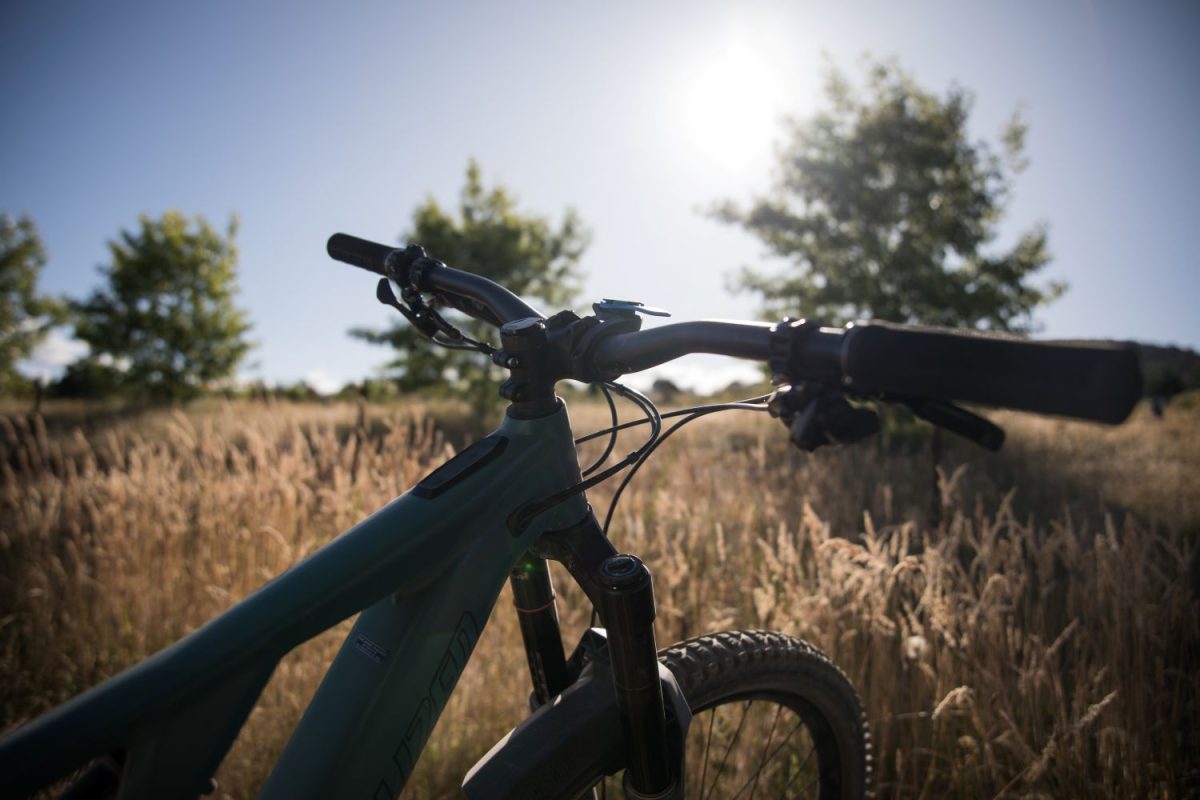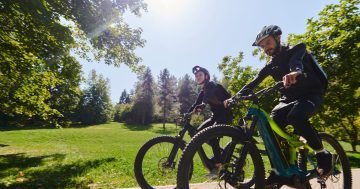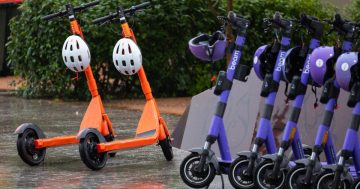
e-bikes should be registered and riders licensed to protect them and innocent pedestrians. Photo: Lightitup_now.
During a recent quiet country walk at the foot of the escarpment, I became aware of a rhythmic buzzing akin to a nest of bees.
Or so I thought. Within seconds an e-bike being ridden by a kid who was no more than 12 flew past on my left, giving no indication he was approaching.
Is it not enough that we have to suffer entrenched irritations like loud phone conversations on trains and buses, slobs who throw leftover McDonald’s lunches out of car windows and drivers tailgating when you are doing the speed limit?
We’re now lumped with a surging number of e-bikes, which are basically speedy electric bikes that anybody out of nappies can use.
NSW has 1.35 million e-micromobility devices in homes, according to a Transport for NSW spokesperson.
“And more and more people are using these devices as a convenient mode of transport,” the spokesperson said.
“They are here to stay, which is why the NSW Government is progressing the proposed regulation of e-scooters and shared e-bikes while continuing to boost education efforts to address road safety and fire risks.”
The point of these machines was originally to make cycling more accessible, convenient and enjoyable for a range of people, including those with health conditions.
Noble indeed, but not even close to the e-bike reality.
In 2024, a research project led by St Vincent’s Hospital emergency clinicians found that more than 500 e-bike riders in the past two years have wound up in emergency rooms requiring critical care as a result of a road incident.
The research concluded that most of these presentations were young males and almost 70 per cent were under the influence of alcohol – and not wearing a helmet.
Following the release of the research, St Vincent’s frontliners and surgeons advocated for better regulation from e-bike companies, local councils and the State Government.
That call for common sense fell on deaf ears because riders are still causing chaos and flouting the rules.
Theoretically, they are only supposed to reach speeds of up to 25 km/h, but word on the street is that some suppliers advise customers on how to override that.
One experienced Illawarra cyclist, who did not want to be named, said e-bikes had advantages if used correctly, such as extending the years cycling enthusiasts can ride, enabling them to enjoy the healthy outdoors.
“The battery doesn’t do much unless you pedal, so it’s still good exercise,” he said.
“However, electric fat bikes are deadly and should be banned. They are very heavy and ridden too fast by kids without frontal lobes.”
Most people I spoke to agreed fat bikes are a scourge, but that doesn’t get the other, more common e-bikes off the hook.
They too can be pretty terrifying, particularly on shared pathways often used by the elderly enjoying their daily stroll, as well as mothers with prams and toddlers, and people walking dogs.
That cohort has very little time or capacity to avoid the approaching rockets on wheels.
The best I can say in favour of electric bikes is they serve a purpose for responsible adults who need transport and can’t afford a car.
At the very least, e-bikes need to be licensed and registered with a strictly enforced age limit to ensure riders are properly educated on safety and also so they are accountable when things go pear-shaped.















